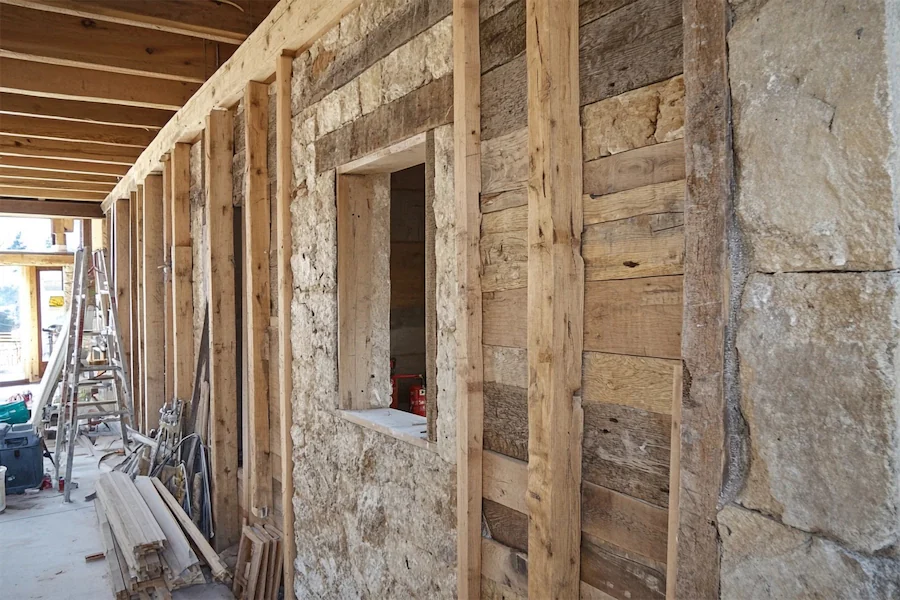Timber frame walls are a fundamental component of timber frame construction, a method that utilizes heavy timbers to form the structural framework of buildings. This technique offers numerous benefits, including design flexibility, energy efficiency, and a reduced environmental footprint.
Introduction to Timber Frame Walls
In timber frame construction, the building’s skeleton is composed of large wooden beams and posts, creating a sturdy framework. The spaces between these structural elements are then filled with insulation and sheathed to form the walls. This approach allows for open interior spaces and versatile design options.
History and Origins of Timber Frame Walls
Timber framing is a traditional building method that has been employed for centuries across various cultures. Its resurgence in modern architecture is attributed to its sustainability and the aesthetic appeal of exposed wooden structures. The technique involves precise craftsmanship, particularly in creating joints like mortise and tenon, which are essential for the frame’s stability.
Key Features of Timber Frame Walls
- Structural Integrity: The use of heavy timbers provides a robust framework capable of supporting substantial loads without the need for interior load-bearing walls, allowing for open and adaptable interior layouts.
- Energy Efficiency: Timber frame walls can accommodate substantial insulation within the wall cavities, contributing to superior thermal performance and reduced energy consumption.
- Aesthetic Appeal: The exposed timber elements add warmth and character to the interior spaces, creating a unique and inviting atmosphere.
Applications of Timber Frame Walls
- Residential Buildings: Timber frame walls are popular in custom homes, providing homeowners with the flexibility to design open and spacious interiors.
- Commercial Structures: Businesses utilize timber frame construction to create distinctive and welcoming environments, particularly in settings like lodges, restaurants, and retail spaces.
Considerations When Choosing Timber Frame Walls
- Material Quality: Selecting high-quality, sustainably sourced timber is crucial for ensuring the longevity and performance of the structure.
- Skilled Craftsmanship: Timber framing requires precise joinery and experienced builders to execute the design effectively. Engaging professionals with expertise in timber frame construction is essential.
- Building Codes and Regulations: It’s important to ensure that timber frame construction complies with local building codes and standards, which may vary by region.
Conclusion
Timber frame walls offer a harmonious blend of structural strength, energy efficiency, and aesthetic beauty. Their adaptability makes them a compelling choice for various building types, providing enduring and environmentally friendly structures that stand the test of time.
